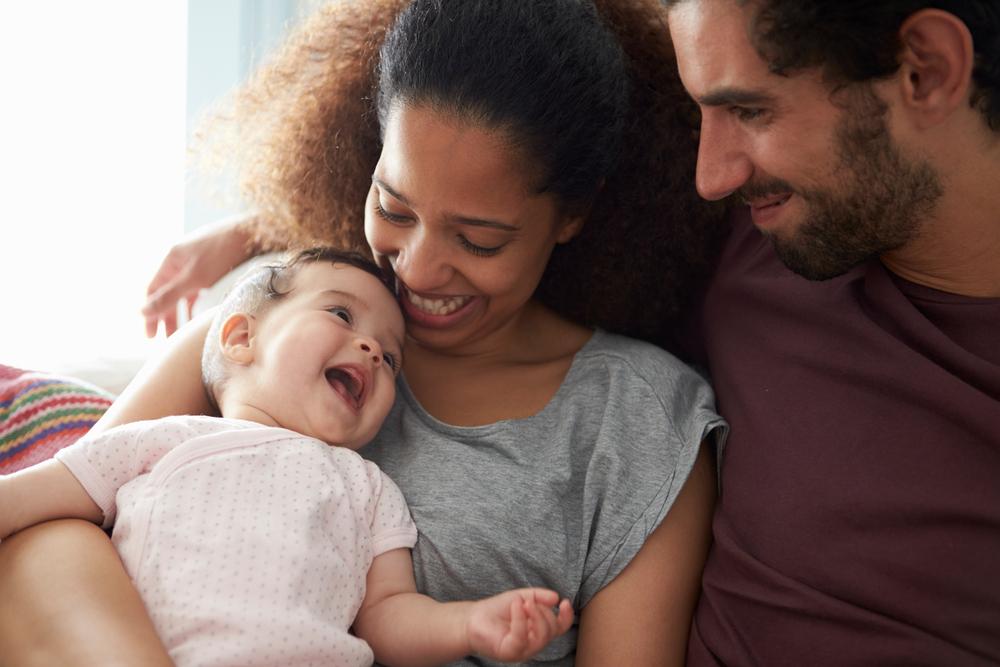A new bill has been introduced allowing new Australian parents to earn superannuation on top of government-funded paid parental leave from July 2025, with the aim of closing the gap in retirement savings between men and women.
New mums and dads will be able to receive 12 percent superannuation while using paid parental leave, in the new bill introduced by Social Services Minister Amanda Rishworth on Aug. 22.





